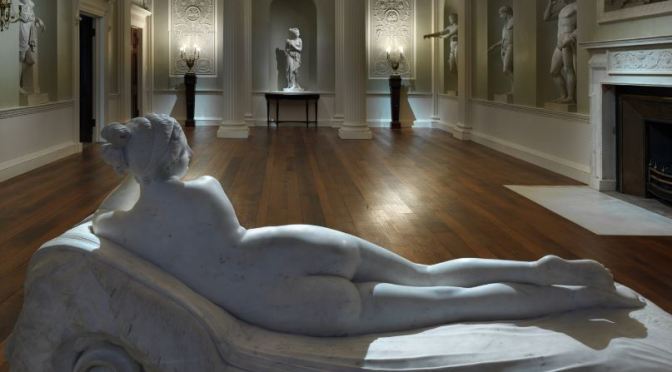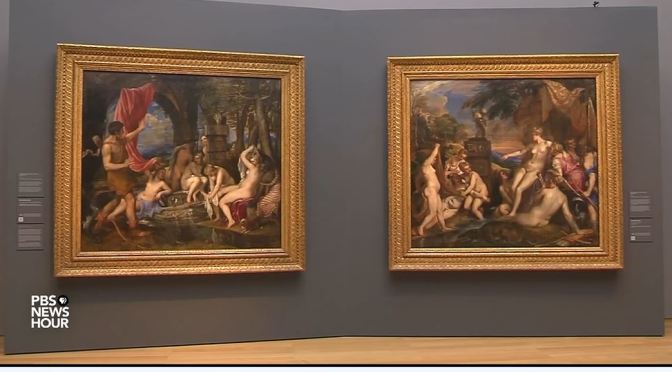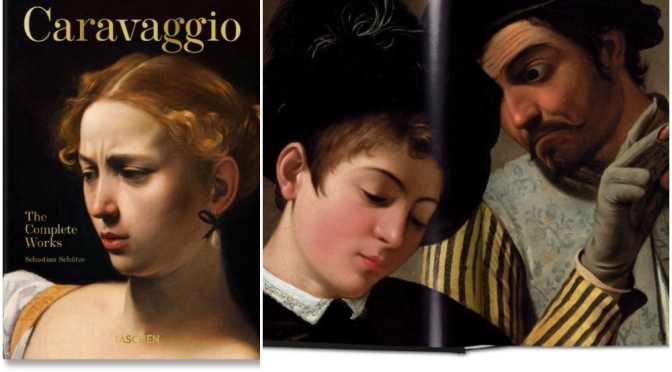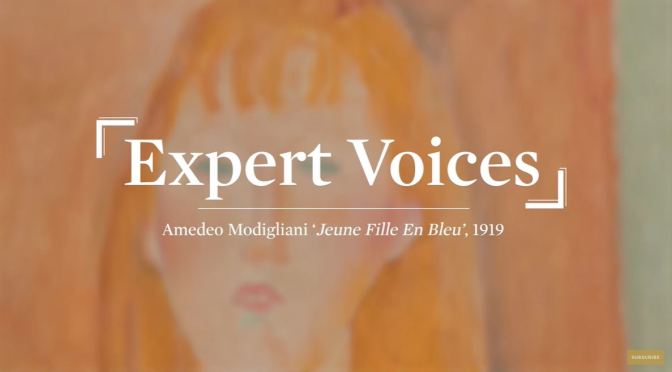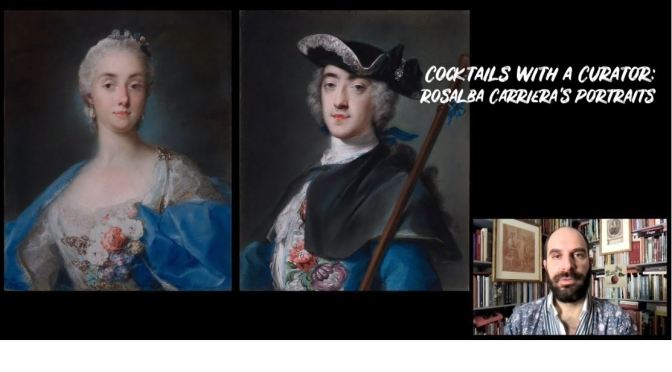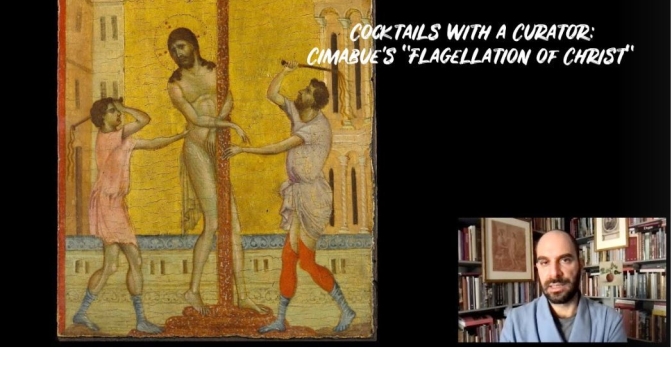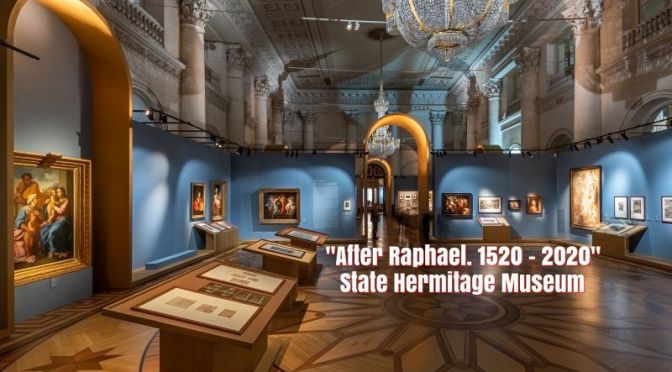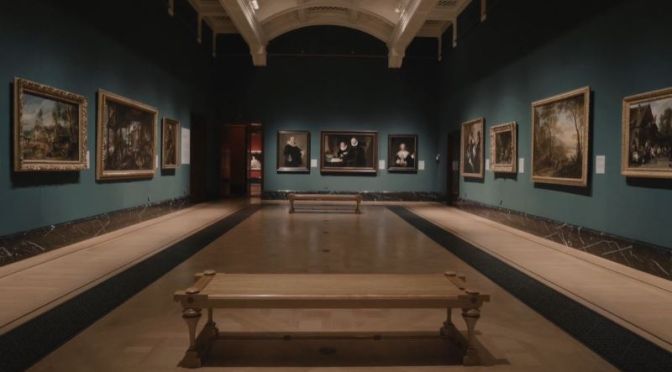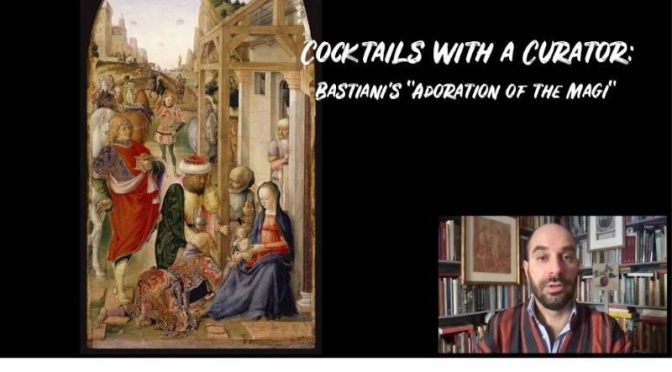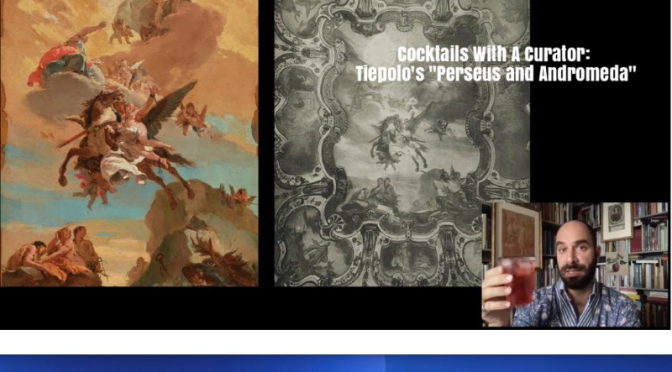Fine Arts Museums of San Francisco (November 17, 2023) – Bringing a new perspective on the beloved Renaissance artist, “Botticelli: Rhythm of the Line” reveals the central role that drawing played in Sandro Botticelli’s art and practice. This short documentary takes viewers through the streets of Florence, where the artist lived and worked, to the Uffizi galleries, home of Botticelli’s most striking masterpieces.
The story is told by Furio Rinaldi, curator of drawings and prints at the Fine Arts Museums of San Francisco, Jonathan K. Nelson, art historian at Syracuse University in Florence, and Cecilia Frosinini, art historian at the Opificio delle Pietre Dure in Florence. These voices speak in chorus to give us an original narrative that illuminates Botticelli’s life, process, and legacy.
Learn more about the exhibition: https://www.famsf.org/exhibitions/bot…
Botticelli Drawings is the first exhibition ever dedicated to the drawings of Renaissance artist Sandro Botticelli (ca. 1445 – 1510). Exploring the foundational role drawing played in Botticelli’s work, the exhibition traces his artistic journey, from studying under maestro Fra Filippo Lippi (c. 1406 – 1469) to leading his own workshop in Florence. Featuring rarely seen and newly attributed works, the exhibition provides insight into the design practice of an artist whose name is synonymous with the Italian Renaissance.
Botticelli’s drawings offer an intimate look into the making of some of his most memorable masterpieces, including Adoration of the Magi (c. 1500), which will be reunited with its preparatory drawing, surviving only in fragments. From Botticelli’s earliest recorded drawings through expressive designs for his final painting, the works on display reveal the artist’s experimental drawing techniques, quest for ideal beauty, and command of the line.
Botticelli Drawings is on view from November 19, 2023 – February 11, 2024.

